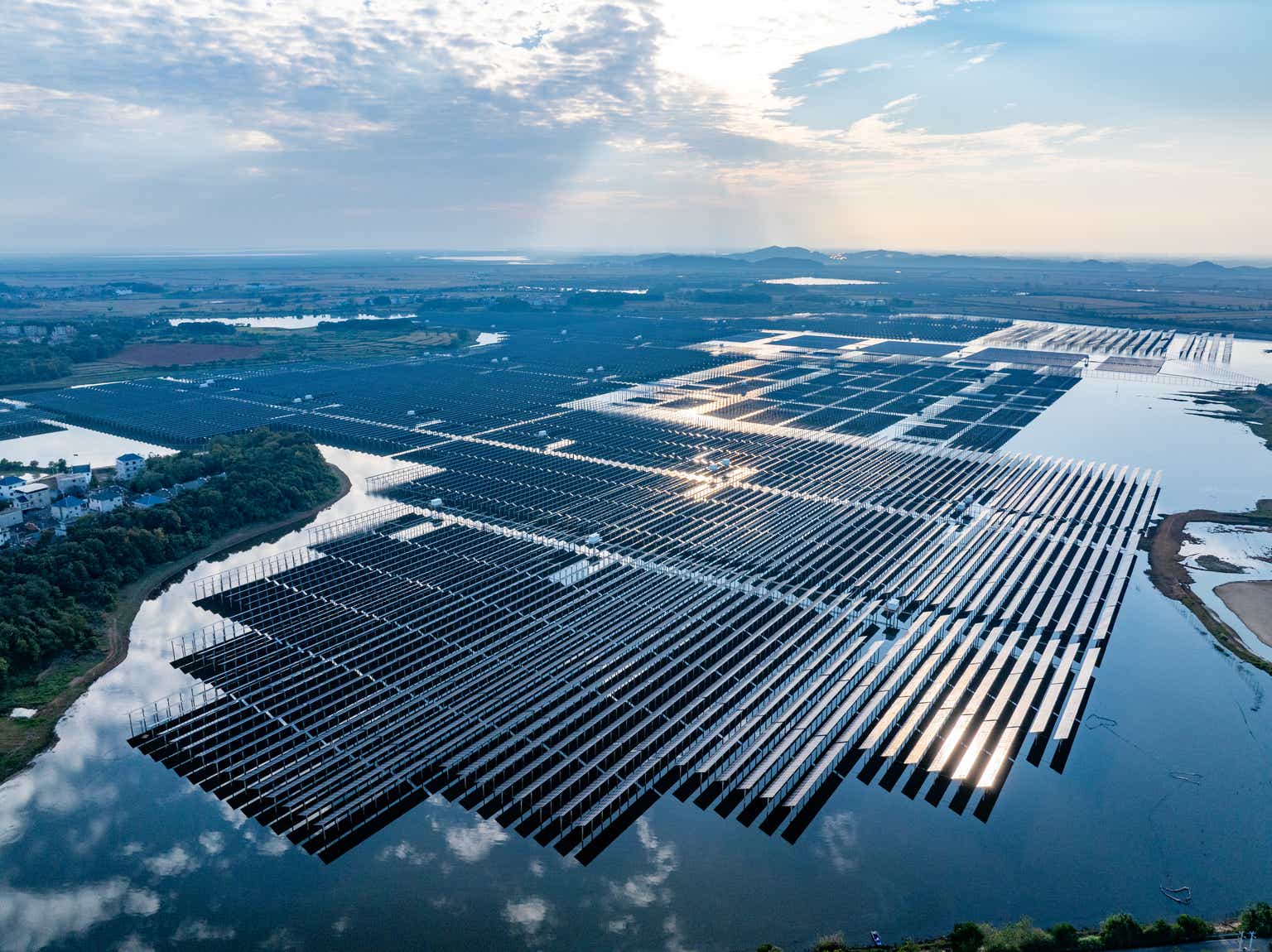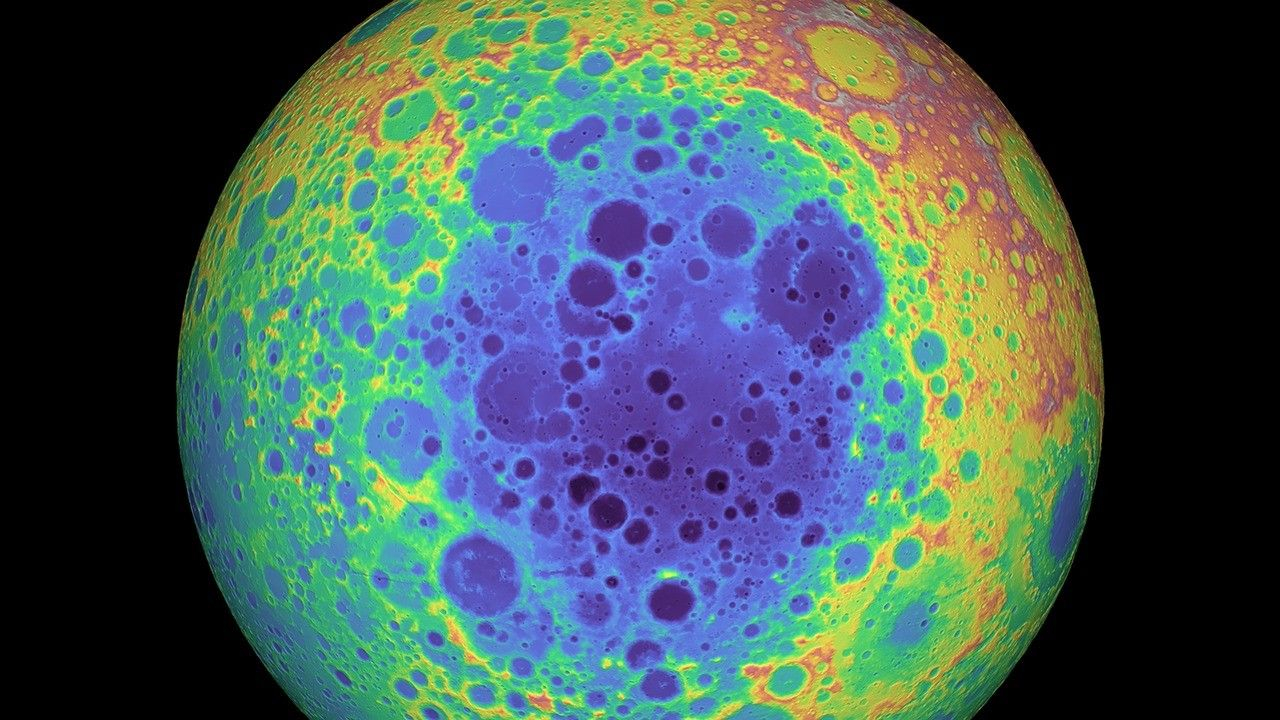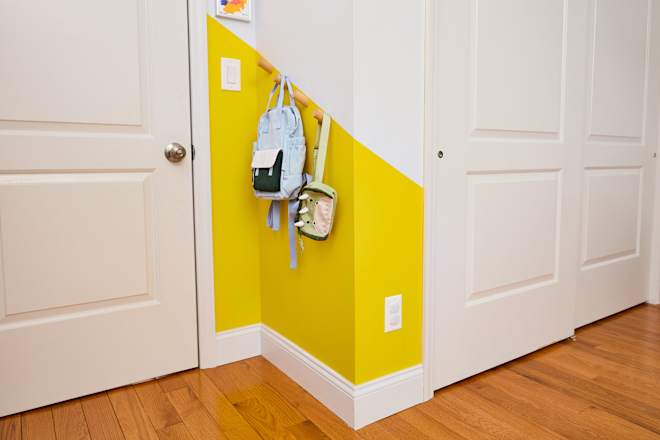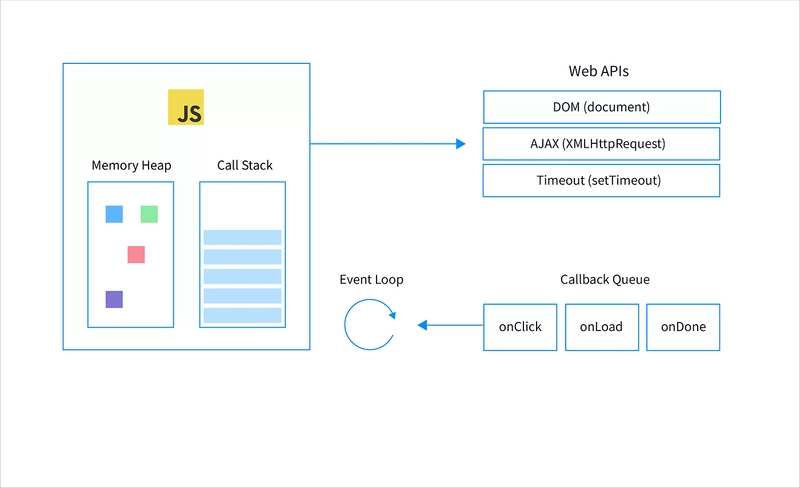How I Built a Flask-Celery-Redis Stack with Docker
I recently built a complete Flask-Celery-Redis stack using Docker and Docker Compose. This setup is widely used in real-world web applications where background task processing is essential — for example, sending emails, processing uploads, or long-running API calls. Stack Overview Flask: Python web framework for handling HTTP requests. Celery: A distributed task queue to run background jobs. Redis: An in-memory data store used by Celery as a message broker. Docker: Containerized all services and orchestrated them using Docker Compose. What I Built I created a small Flask app with a route that triggers a background task — a simple sleep function to simulate long processing. Celery picks up the task and processes it asynchronously, and Redis handles the message queue. Folder Structure flask-celery-redis/ ├── app/ │ ├── __init__.py │ ├── tasks.py │ └── views.py ├── requirements.txt ├── docker-compose.yml ├── Dockerfile What I Learned How to decouple long-running tasks from the main app flow using Celery. How to define and connect multi-container environments using Docker Compose. How Redis serves as a reliable and fast broker for Celery. Importance of defining persistent volumes and networking in Docker Compose. Challenges I Faced Task not executing? I learned the hard way that Celery must run in a separate container and explicitly point to Redis in the correct Docker network format (e.g., redis://redis:6379/0). Flask not communicating with Celery? Fixed it by ensuring both services were on the same Docker Compose network. Code & Demo I founf the full source code on GitHub:

I recently built a complete Flask-Celery-Redis stack using Docker and Docker Compose. This setup is widely used in real-world web applications where background task processing is essential — for example, sending emails, processing uploads, or long-running API calls.
Stack Overview
- Flask: Python web framework for handling HTTP requests.
- Celery: A distributed task queue to run background jobs.
- Redis: An in-memory data store used by Celery as a message broker.
- Docker: Containerized all services and orchestrated them using Docker Compose.
What I Built
I created a small Flask app with a route that triggers a background task — a simple sleep function to simulate long processing. Celery picks up the task and processes it asynchronously, and Redis handles the message queue.
Folder Structure
flask-celery-redis/
├── app/
│ ├── __init__.py
│ ├── tasks.py
│ └── views.py
├── requirements.txt
├── docker-compose.yml
├── Dockerfile
What I Learned
- How to decouple long-running tasks from the main app flow using Celery.
- How to define and connect multi-container environments using Docker Compose.
- How Redis serves as a reliable and fast broker for Celery.
- Importance of defining persistent volumes and networking in Docker Compose.
Challenges I Faced
-
Task not executing? I learned the hard way that Celery must run in a separate container and explicitly point to Redis in the correct Docker network format (e.g.,
redis://redis:6379/0). - Flask not communicating with Celery? Fixed it by ensuring both services were on the same Docker Compose network.
Code & Demo
I founf the full source code on GitHub:








































































